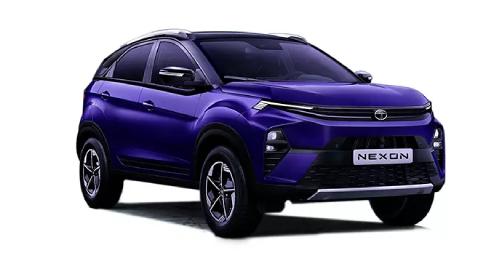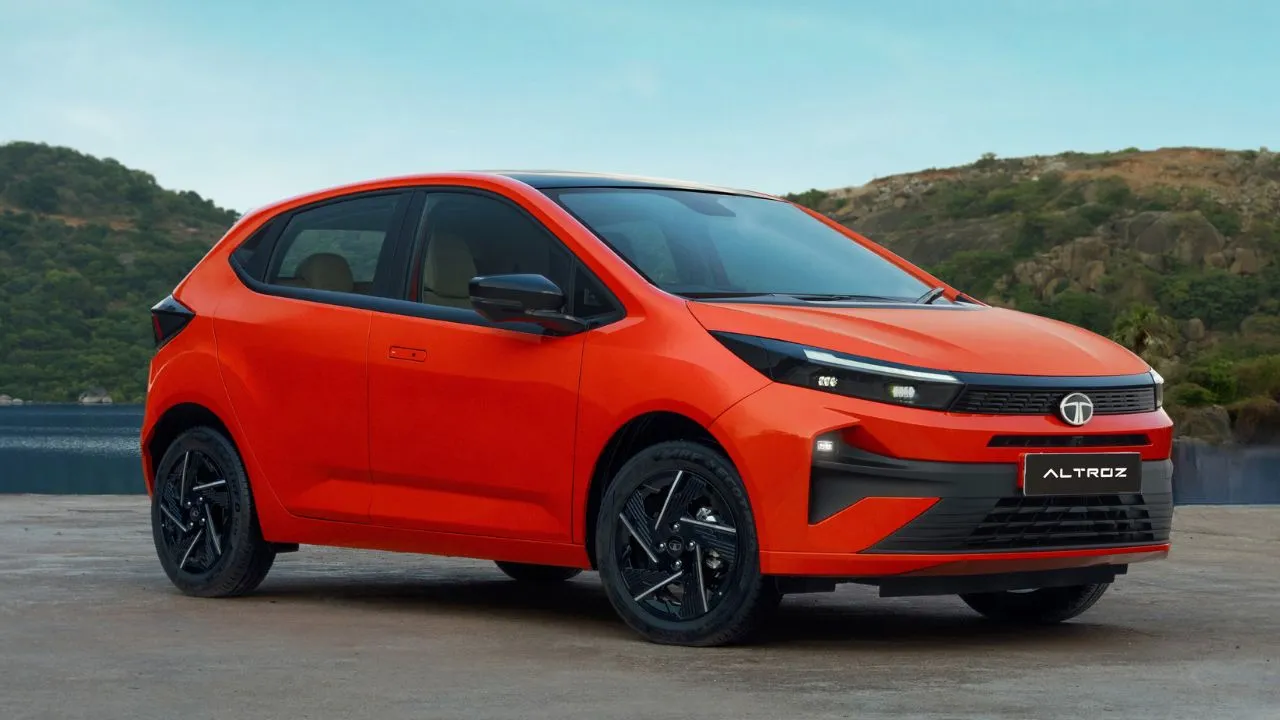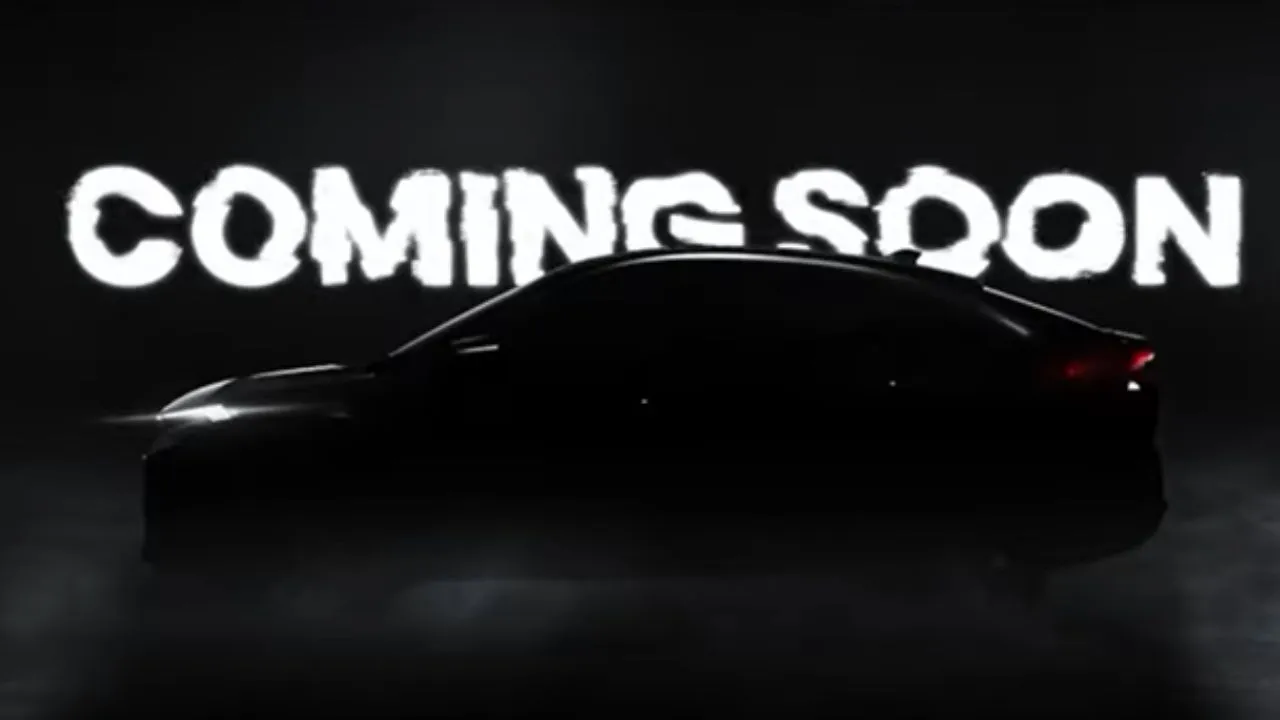2023 Tata Nexon Facelift First Drive Review: New Lease of Life
The refreshed Tata Nexon may look like the result of just another cosmetic job, but there’s a lot hiding under its new skin. Tata’s design team has gone all out to revamp the exterior. Save its wheelbase and overall dimensions, the updated version comes across an all-new model.

When Tata launched the Nexon in 2017, it was a little late to the party. However, five years, a global pandemic, and a lot of limited editions and minor updates later, the Nexon currently sits at the top of the compact SUV sales chart in India. Now, even though sales are still going strong for the Nexon, Tata has decided to give its compact SUV a thorough makeover for 2023. On the face of it, it’s just a facelift, but from what we can tell after driving it extensively, a lot has changed both inside and out, and the Nexon or Tata is in no mood to give even an inch to its rivals. We take it for a drive to find out if it lives up to the high expectations that we have from the Tata Nexon facelift. Here's how it went.
Tata Nexon Review: Beefed Up
It may only be a facelift, but Tata’s design team has gone all out to revamp the exterior. Save its wheelbase and overall dimensions, the updated version comes across an all-new model. The front fascia is completely new, and it now features split headlamps, with LED DRLs at the top and projector LED headlamps on the bumper. You also get cornering fog lamps in the top-end variants. In profile, not much has changed, and the silhouette is quite familiar. That said, the cuts and creases are now more prominent. While the alloy wheels remain the same in terms of size, at 16 inches in the top-of-the-line variants, they, nonetheless, have now a new design.
At the back of the new Nexon, things have changed drastically. It now features a full-width LED strip, which looks quite cool and is reminiscent of the Hyundai i20’s tail unit. Among other changes, the rear wiper blade is neatly concealed inside the roof spoiler for a clean and clutter-free look. And last but not least, the reverse lights have moved to the bumper.

What’s more, there are some funky new colour options including the bright orange (the one you see here) and shiny purple. The paint quality is brilliant too.
On the whole, I have to say that Tata has once again nailed the design. The Nexon looks butch and contemporary and is easily one of the best-looking compact SUVs on the market today.
Tata Nexon Review: Plush & Premium
Step inside, and you will notice that it’s an all-new affair. Looks more like a generational change instead of a mid-cycle update if I am honest. The dashboard design and overall are less busy than that of the outgoing version, giving the cabin a clutter-free and clean look. A new 10.25-inch touchscreen sits at the top of the dashboard and is, without a doubt, a welcome and much-needed change –the old one’s infotainment was quite outdated. The new touchscreen isn’t just crisp and intuitive to use but also packs a raft of features, including wireless Apple CarPlay / Android Auto, a 360-degree camera, full customisation option, aircon controls, connected car features, and more. You also get a touch-based panel below the screen for even quicker access to aircon settings, a parking camera, a remote boot lid, and a lot more. It is, however, a bit fidgety to use.

The other big update is the inclusion of a fully digital driver display and a new two-spoke steering wheel, which has been lifted from the Curvv concept. The digital display can be customised in different ways and looks and feels premium for sure. The digital readouts are clear and the animation, as well as the contrast and colours on the whole, is quite tasteful. One of its most striking aspects is that it reflects the full view of maps / navigation when used through Android Auto / Apple CarPlay. The only trouble is that it doesn’t function when using CarPlay with Google Maps. Tata claims that it’s an ‘Apple issue’.

The steering wheel is nice and thin and is wrapped in leather in the top-end variants. Along with a sea of buttons, it also gets an illuminated logo. However, the glossy panel on top of it is a fingerprint magnet and is also susceptible to scratches. So, not sure how that will fare in the long run. The cabin’s space remains the same as before, but you do get ventilated seats in the front row.
Tata Nexon Review: Same Wine, New Bottle
The engine options are unchanged, meaning that it continues to offer two options – a 1.2-litre three-cylinder turbo petrol engine and a 1.5-litre four-cylinder diesel unit. The transmission options include a 5-speed manual (petrol base), a 6-speed manual, a 6-speed AMT, and a newly added 7-speed dual-clutch automatic (for top-end petrol only). On this occasion, we tested the diesel manual and new DCT-equipped petrol versions.
I first sampled the diesel version, and my initial impressions suggest that it’s largely unchanged from previous iterations. As you would expect, this diesel unit is all about mid-range punch and fuel efficiency. At low revs, it’s a little weak, but as soon as you rev past 1,500 – 1,700rpm, it starts to gain momentum rather hurriedly, and the strong torque delivery continues until about 4,500rpm. There isn’t, however, any need to push the engine that far up the rev range since the gearing is quite tall and the drivability is brilliant. Also, being a diesel unit, it sounds quite clattery when pushed that far in the rev range.
While the diesel mill is decent, the manual transmission is still not up to the mark. It continues to have long throws, and the clutch has a high biting point, while the pedal feels sticky. In an otherwise modern car, this transmission feels quite medieval and utilitarian.
The petrol DCT, on the other hand, offers a completely different experience. Something that I wasn’t expecting if I am honest. First up, while it’s the same engine as before, the refinement levels have improved drastically. At idle, the three-cylinder thrum is almost imperceptible, while on the go, the vibrations are virtually non-existent. Then there’s the performance and the gearbox. Like any turbo petrol, it doesn’t quite wake up until about 2,000rpm. But once it does, the power delivery is strong and linear. Even when you rev it past the 5,000rpm mark, it doesn’t taper off. What’s more, it’s surprisingly refined as compared to its rivals, such as the Hyundai Venue and Kia Sonet.

The biggest highlight for me, however, is the new DCT gearbox, which is surprisingly slick in operation and does a damn good job. It’s responsive and helps extract every bit of performance from the turbo petrol motor. Whether you leave it on its own or take manual control using the paddle shifter, this transmission doesn’t disappoint. The shifts are well-timed on almost all occasions, and the transitions aren’t jerky at all. Forget the old Nexon’s AMT(it’s still available though), this thing is a league on its own. In fact, I would go on to say that the petrol DCT of the Nexon is probably the best AT drivetrain in the segment. Apart from being slightly jerky at really low speeds, I don’t really have much to complain about the gearbox. And I must say that it has completely changed my perception of the Nexon – it finally has an engine-gearbox combo that’s exciting and makes for an enjoyable drive.
Also Read: 2023 Tata Altroz DCA Long-Term Review
In the ride and handling department, the Nexon hasn’t changed at all, but that isn’t a bad thing. The Nexon has always been a well-balanced vehicle in terms of ride and handling, and the facelift retains that balance. The suspension gobbles up bumps and broken roads comfortably, allowing the Nexon to remain largely unbothered by the imperfections of the road. Only sharp bumps catch the suspension off guard, resulting in a loud thud at times. In the larger scheme of things, however, its ride quality is pliant and more like an expensive car.
The handling is predictable too. It’s no corner carver, and there’s a fair bit of body roll – when you push it hard into a bend, the weight transfer from side to side is evident, with the Nexon leaning into the turn quite easily. Despite this, it doesn’t lose control maintains and its composure.
Also, the traction control system can’t be turned off now, so even if you try to do something silly, the electronics rein you in immediately. The steering doesn’t offer a lot in terms of feel and feedback, but it sufficiently weighs up as the speed rises. It does feel a bit vague and lifeless at the centre though.

Tata Nexon Review: Verdict
The Nexon is currently the segment best-seller, and that wouldn’t have changed with or without the facelift. However, the new model has definitely enhanced the Nexon’s appeal, and, I believe, it will widen its reach and attract even more buyers. If you think about it, Tata has left no stone unturned with the new Nexon. Be it the design, interior, features and equipment, driving experience, or comfort, the Nexon covers all the bases in its new avatar.
What remains to be seen now is how Tata positions it in terms of pricing compared to the competition. I have a hunch that Tata won’t disappoint in this regard either. And if my hunch is right, the Nexon will only stretch its lead over the competition, continuing its reign at the top of the sales chart.







